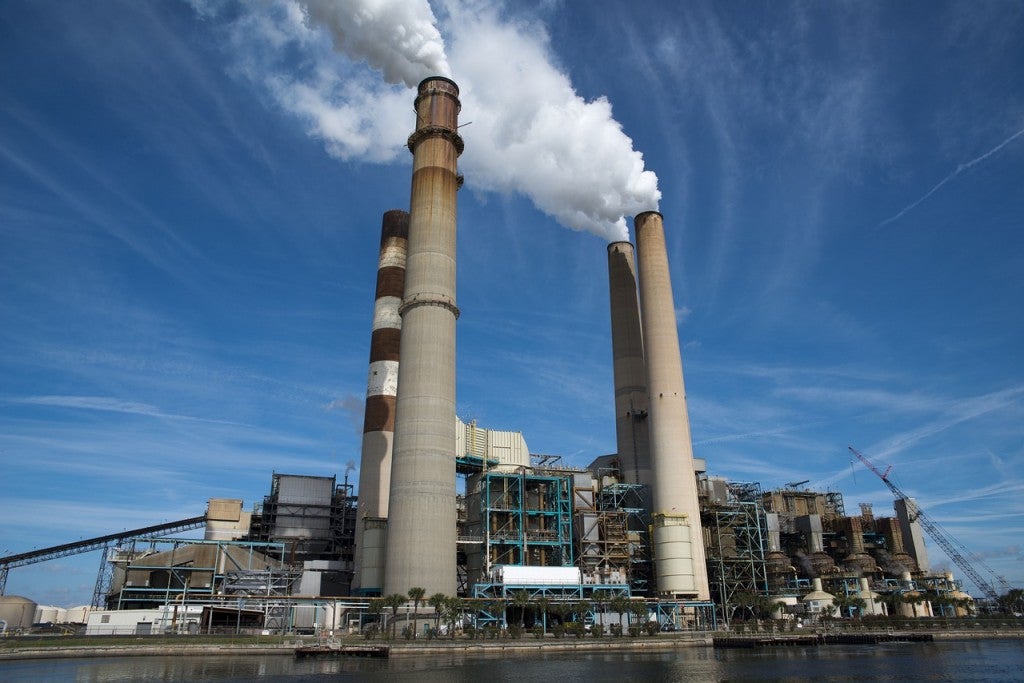(This post originally appeared on EDF+Business)
The deadline to provide public comment on new greenhouse gas and fuel efficiency standards for large highway trucks and buses—jointly proposed by the U.S. Environmental Protection Agency (EPA) and National Highway Traffic Safety Administration (NHTSA)—is quickly approaching. Overall, the proposed new fuel economy and greenhouse gas emissions standards have been heralded by shippers and others. And a majority of Americans — 71 percent — favor requiring truck manufacturers to increase the fuel efficiency of large trucks because it would reduce fuel costs, with much of the savings passed on to consumers.
 One of the most interesting developments, however, has been how innovative companies are stepping forward to remind EPA and NHTSA that the technologies needed to meet the proposed standards are already available and the agencies should go further to drive the deployment of more advanced technologies.
One of the most interesting developments, however, has been how innovative companies are stepping forward to remind EPA and NHTSA that the technologies needed to meet the proposed standards are already available and the agencies should go further to drive the deployment of more advanced technologies.
What’s being said?
It’s critical to consider the perspective of the companies that are actively developing and deploying advanced transportation technologies – these are the companies that will help lead the way towards cleaner and more efficient transportation. These companies are calling on the agencies to finalize a stronger program that will advance innovative technologies and drive down costs.
- Achates Power: “We support the EPA’s intent to establish standards based not only on currently available technologies, but also based on technologies now under development or not yet widely deployed. We view the proposed engine standard, however, as too modest – so modest that it may not achieve the agencies’ explicit objective of spurring advanced technology deployment.” “We propose an engine standard requiring a 15 percent decrease in fuel consumption and emissions. That goal is not only attainable with the technology we have already demonstrated but is, in fact, our plan.”
- Orange EV: “We support the efforts by EPA and NHTSA to address greenhouse gas emissions and fuel efficiency in this proposed rule, but encourage the agencies to adopt stronger standards and full implementation as soon as possible. Targeting incremental improvements by 2027 may be slower than achievable.” “Orange EV has been driving innovation and sustainability in the transportation industry, now filling customer orders and deploying zero-emission, battery powered trucks.”
- Parker Hannifin Corporation: “It is important to note that the 40% reduction in fuel consumption and emissions in Class 6-8 vehicles proposed in the new rule is not something for the future. It is happening now. Parker has developed and is actively marketing a hydraulic hybrid medium- and heavy-duty vehicle transmission that is currently achieving and surpassing the 40% reduction in fuel consumption and emissions sought in the new rule.”
- Prevok Solutions Company, the exclusive US sales and market development entity for Smith Electric Vehicles: “[Prevok] strongly supports the Phase 2 Greenhouse Gas Emissions and Fuel Efficiency Standards for Medium- and Heavy-Duty Engines and Vehicles as proposed by EPA and the National Highway Traffic Safety Administration (NHTSA). In fact, we encourage the agencies to adopt stronger standards and full implementation by 2024.” “Rulemaking by EPA and NHTSA should serve to help the US thrive economically and sustainably, while advancing clean technologies and driving innovation.”
- Transportation Power: “We are demonstrating today that zero-emissions transportation technology in the freight sector is viable, achievable, and even preferable for fleets to traditional technologies.” “The rule, as is, would lock the status quo for technology until 2030. Please consider strengthening the proposed standards and revising the timeline for full implementation to 2024.”
- Momentum Wireless Power: “Strong fuel efficiency standards are good for American manufacturing because they stimulate innovation, making U.S. businesses more competitive globally. Through partnerships with the Department of Energy, major manufacturers have proven fuel economy ratings of over 12 mpg are achievable for combination tractors through advanced technologies.”
Other leaders in sustainable transportation have emphasized that the standards should “further support zero emission technologies” (US Hybrid, Long Beach public testimony), and in fact, Transportation Power drove to one of the public hearings on the proposed standards in a zero emission Class 8 heavy-duty truck to showcase that solutions for vocational trucks are available today.
Why more robust truck efficiency standards are being heralded
The proposed new standards will build on the first-ever Phase 1 fuel economy and greenhouse gas standards finalized in 2011 for model year 2014-2018 heavy-duty trucks and buses. As proposed, the standards will provide significant benefits to consumers and businesses by reducing transportation costs and cutting harmful climate and air pollution.
However, the performance standards proposed do not reflect – and mobilize — the full suite of cost-effective innovative technologies available to improve efficiency across the heavy-duty fleet. Instead, the standards will lock in today’s technologies until 2030 – meaning we’ll have to wait another 15 years before we can accelerate advanced technologies. And we know the difference fifteen years can make (in 2000, for example, trucks were 90+ percent dirtier than they are today, and barely half of the US population was online, compared to 84 percent today!).
Strong standards unleash potential of these and other companies to innovate and bring new solutions to market. As these solutions scale, these companies will grow and create more, high-quality jobs. That’s why so many innovative companies are calling on the US government to seize this opportunity to finalize standards that drive American innovation and ingenuity.
EDF agrees with these innovators that more can be done, and we urge EPA and NHTSA to finalize robust standards that provide the economic, environmental and public health benefits needed to protect our communities and families.














 Seven months ago, I made a
Seven months ago, I made a